The Women Sneaker Market is currently characterized by a dynamic competitive landscape, driven by innovation, sustainability, and digital transformation. Major players such as Nike (US), Adidas (DE), and Puma (DE) are at the forefront, each adopting distinct strategies to enhance their market positioning. Nike (US) continues to emphasize its commitment to sustainability, launching new eco-friendly sneaker lines that appeal to environmentally conscious consumers. Adidas (DE) focuses on digital innovation, enhancing its e-commerce platforms and utilizing data analytics to personalize customer experiences. Meanwhile, Puma (DE) is leveraging strategic partnerships with influencers and athletes to expand its brand reach and engage younger demographics. Collectively, these strategies not only intensify competition but also reshape consumer expectations in the market.
In terms of business tactics, companies are increasingly localizing manufacturing to mitigate supply chain disruptions and reduce lead times. This approach appears to be particularly effective in enhancing responsiveness to market demands. The Women Sneaker Market is moderately fragmented, with a mix of established brands and emerging players. The collective influence of key players like Under Armour (US) and New Balance (US) further complicates the competitive structure, as they introduce innovative products and marketing strategies that challenge the status quo.
In August 2025, Nike (US) announced a partnership with a leading tech firm to integrate augmented reality features into its sneaker shopping experience. This strategic move is likely to enhance customer engagement and provide a unique shopping experience, positioning Nike as a pioneer in the intersection of technology and retail. The integration of AR could potentially redefine how consumers interact with products, making the purchasing process more immersive and personalized.
In September 2025, Adidas (DE) unveiled its latest sustainability initiative, committing to using 100% recycled polyester in its sneaker production by 2026. This bold step not only aligns with global sustainability trends but also reinforces Adidas's brand image as a leader in eco-conscious fashion. The initiative is expected to resonate well with consumers who prioritize environmental responsibility, thereby strengthening customer loyalty and brand equity.
In October 2025, Puma (DE) launched a new sneaker line in collaboration with a popular fashion designer, aiming to tap into the luxury segment of the market. This collaboration is indicative of Puma's strategy to diversify its product offerings and appeal to a broader audience. By aligning with high-profile designers, Puma may enhance its brand prestige and attract fashion-forward consumers, thereby increasing its market share in the competitive landscape.
As of October 2025, the Women Sneaker Market is witnessing significant trends such as digitalization, sustainability, and the integration of artificial intelligence in product development and marketing. Strategic alliances are becoming increasingly vital, as companies collaborate to leverage each other's strengths and enhance their competitive edge. Looking ahead, it appears that competitive differentiation will increasingly hinge on innovation, technological advancements, and supply chain reliability, rather than solely on price. This shift suggests a transformative phase in the market, where brands that prioritize these elements may emerge as leaders.


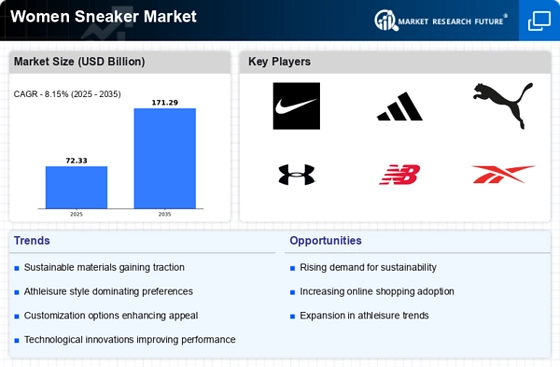
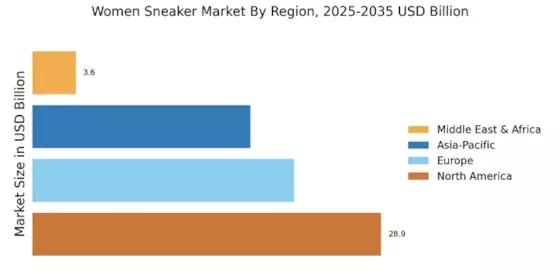

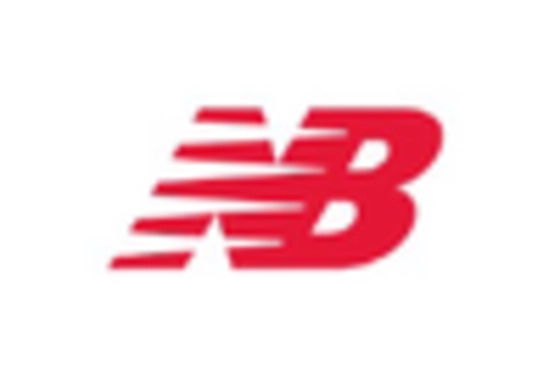
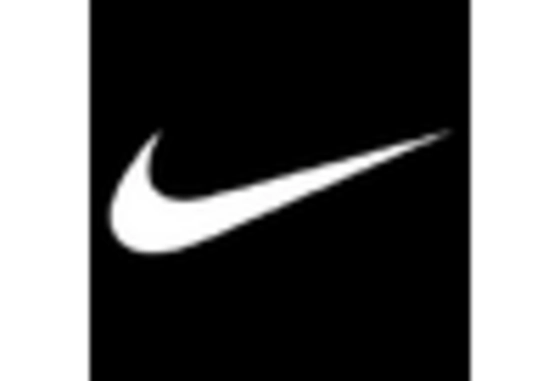


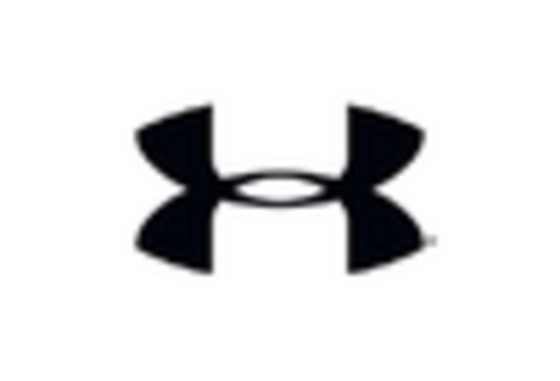








Leave a Comment